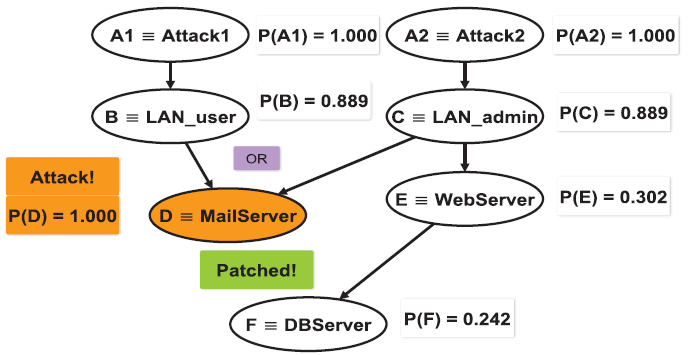Bayesian Attack Graphs for Security Risk Assessment
Attack graphs offer a powerful framework for security risk assessment. They provide a compact representation of the attack paths that an attacker can follow to compromise network resources from the analysis of the network topology and vulnerabilities. The uncertainty about the attacker’s behaviour makes Bayesian networks suitable to model attack graphs to perform static and dynamic security risk assessment. Thus, whilst static analysis of attack graphs considers the security posture at rest, dynamic analysis accounts for evidence of compromise at run-time, helping system administrators to react against potential threats. In this paper, we introduce a Bayesian attack graph model that allows to estimate the probabilities of an attacker compromising different resources of the network. We show how exact and approximate inference techniques can be efficiently applied on Bayesian attack graph models with thousands of nodes.
Luis Muñoz-González, Emil C. Lupu, “Bayesian Attack Graphs for Security Risk Assessment.” IST-153 NATO Workshop on Cyber Resilience, 2017.
